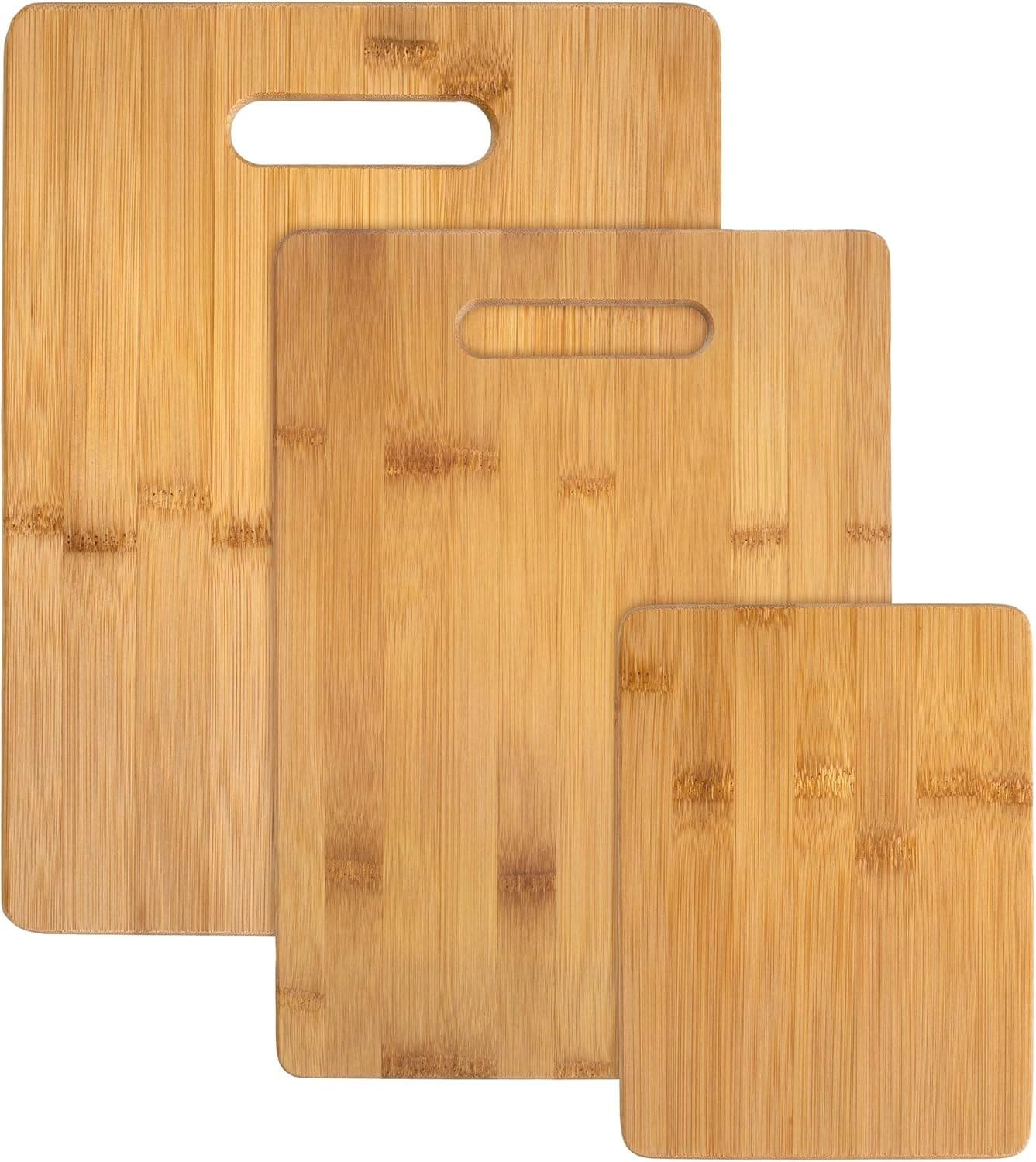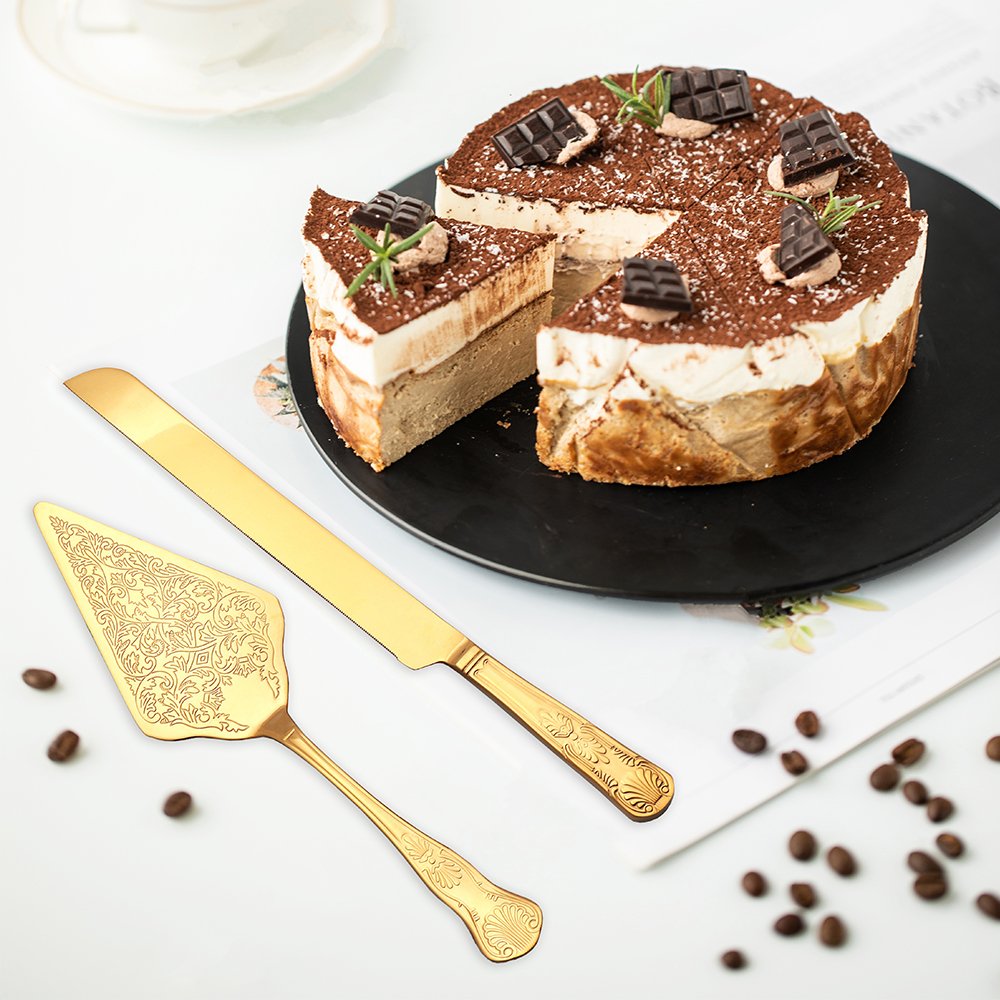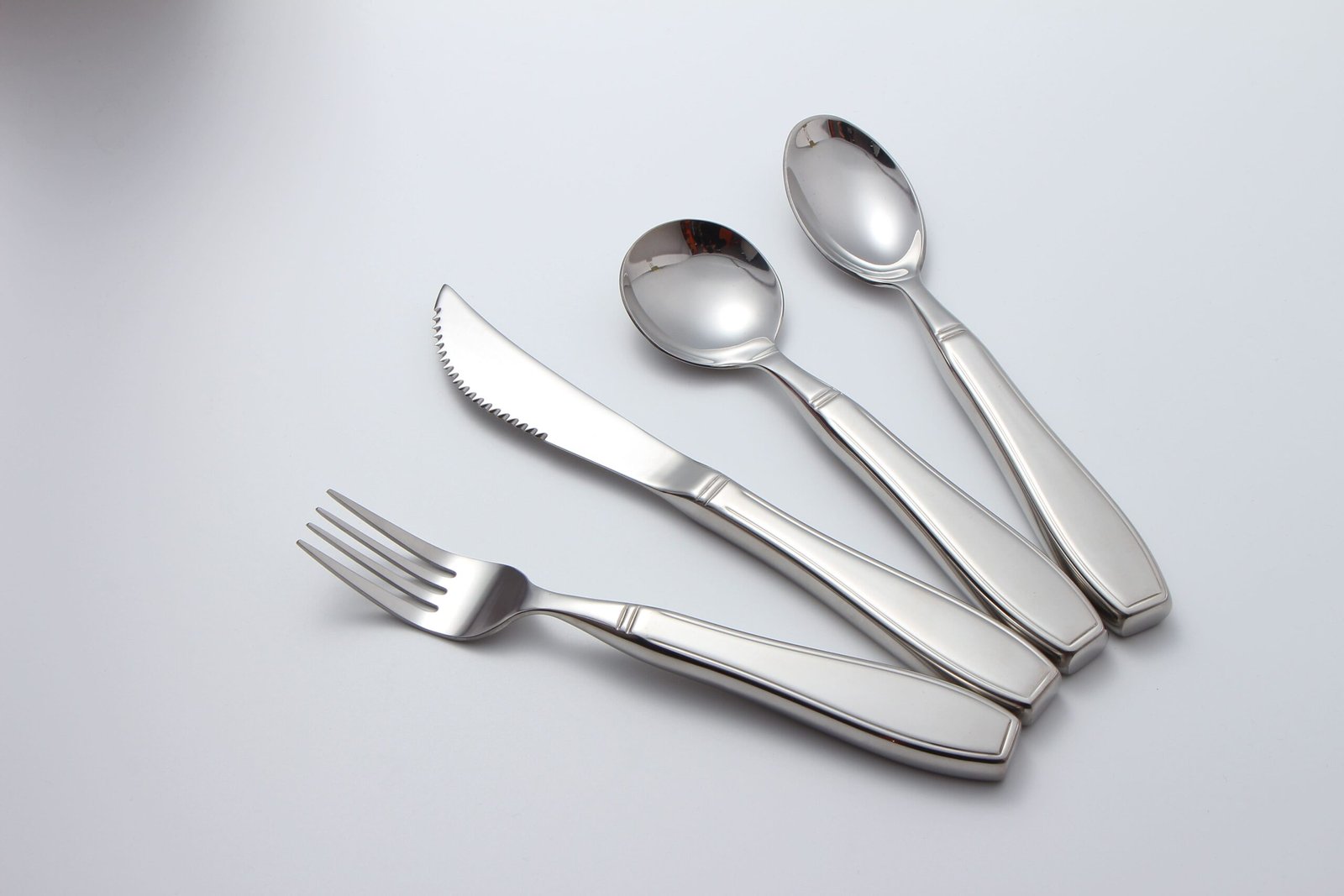When running a restaurant, choosing the right flatware supplier can significantly affect your operations. But how do you know you’re making the right choice?
Choosing the right restaurant flatware supplier can be tricky. A reliable supplier ensures the quality, durability, and design of your flatware, which directly impacts your restaurant’s image and customer satisfaction.
Let’s explore the key factors you need to consider when selecting a flatware supplier for your restaurant, and why this decision matters for both your kitchen and customer experience.
Table of Contents
What Kind of Flatware Do Restaurants Use?
As a restaurant owner, it’s important to choose the right type of flatware to match the style of your establishment. But what kind of flatware do most restaurants actually use?
Restaurants typically use stainless steel flatware due to its durability, ease of cleaning, and resistance to rust. The choice often depends on the style and formality of the restaurant.
Restaurant flatware should combine functionality, durability, and style. While most restaurants opt for stainless steel, the specific type of stainless steel can vary.
Stainless Steel Flatware
Stainless steel flatware is the most common choice for restaurants. It is known for its ability to resist rust, tarnishing, and staining, which is essential for the heavy-duty usage in a restaurant. The most common grades used are 18/10, 18/8, and 18/0 stainless steel. The higher the number, the more chromium and nickel it contains, making it more durable and resistant to corrosion.
| Grade | Chromium Content | Nickel Content | Durability |
|---|---|---|---|
| 18/10 | 18% | 10% | Highly durable, rust-resistant |
| 18/8 | 18% | 8% | Durable, less expensive than 18/10 |
| 18/0 | 18% | 0% | Affordable but less resistant to rust |
Other Materials
For higher-end restaurants, silver or gold-plated flatware might be used for its luxurious look. However, these materials are much more expensive and require more maintenance. In some casual restaurants, plastic or disposable flatware may be used for outdoor events or quick-service establishments.
Personally, I’ve always preferred stainless steel due to its balance of cost-effectiveness and long-lasting durability in a busy restaurant setting. It’s easy to clean, sturdy enough to withstand everyday use, and looks elegant without requiring a lot of upkeep.
How Often Do Restaurants Get New Silverware?
The question of how often to replace silverware is one many restaurant owners face. How frequently should you refresh your flatware inventory?
While there’s no one-size-fits-all answer, restaurants should replace their silverware regularly to ensure quality and customer satisfaction, typically every 1-3 years depending on usage and type of flatware.
The replacement frequency of restaurant silverware depends on several factors, such as the type of silverware used, the restaurant’s volume of service, and maintenance practices.
Usage and Wear
In high-traffic restaurants, silverware can get worn out more quickly due to the constant washing, rubbing, and potential bending. On average, stainless steel flatware lasts about 1-3 years in a restaurant setting before it begins to show signs of wear, like scratching or tarnishing. In fine dining establishments, you may need to replace pieces more often, as customer expectations for aesthetic appeal are higher.
Maintenance Practices
Proper care can extend the life of your silverware. Regular polishing and correct washing techniques can help maintain the quality and shine of your pieces. For restaurants with lower turnover, you may find that you don’t need to replace your flatware as frequently.
In my personal experience with Brilliant, I have seen restaurants with frequent use need to replace their flatware every two years to maintain the professional appearance expected by customers.

What's the Difference Between Flatware and Silverware?
leading paragraph:
It’s easy to confuse the terms “flatware” and “silverware,” but understanding the distinction is essential for any restaurant owner. What exactly is the difference?
Flatware refers to utensils like forks, knives, and spoons, while silverware typically refers to cutlery made from silver or silver-plated material. The terms are often used interchangeably, but they have different meanings.
Though commonly used interchangeably, flatware and silverware have distinct definitions that are important to recognize, especially when working with suppliers.
Flatware
Flatware is a general term used to describe eating utensils such as knives, forks, and spoons. These are typically made from stainless steel, though other materials like plastic or wood can be used for specific types of dining experiences. It’s the broad term that covers all types of dining utensils used in both casual and fine dining settings.
Silverware
Silverware specifically refers to cutlery made from silver or silver-plated materials. It’s generally more expensive and used in formal or high-end dining establishments. Because of the material, silverware requires more care and attention, such as regular polishing to prevent tarnishing.
| Term | Definition | Material Examples | Usage |
|---|---|---|---|
| Flatware | General term for utensils | Stainless steel, plastic | Casual to fine dining |
| Silverware | Specifically silver cutlery | Silver, silver-plated | Formal dining, luxury use |
While silverware is more exclusive, flatware is more versatile and used in almost every type of dining environment.
What Is Cutlery Used in Restaurants Also Called?
Cutlery is an essential part of any restaurant’s operation. But did you know it is also known by another term?
Cutlery in restaurants is also commonly referred to as “tableware” or “eating utensils.” It includes all items used for eating and serving food, such as knives, forks, spoons, and serving tools.
Cutlery is a term used to describe all types of eating and serving utensils. In a restaurant context, it’s often referred to as “tableware” or “eating utensils,” though the latter term is less common. Here’s a breakdown of the common terms:
Tableware
Tableware refers to the entire set of items used at a dining table, including plates, glasses, bowls, and cutlery. It’s a more comprehensive term that includes everything used for serving and consuming food.
Eating Utensils
This term refers specifically to the tools used for eating, including forks, knives, spoons, and sometimes specialized utensils like chopsticks or dessert spoons. While less commonly used in restaurants, it is still a term that’s recognized.
Serving Utensils
Serving utensils are those used to portion food or serve it to guests. These can include tongs, ladles, and serving spoons.
In my experience, many suppliers use the term “tableware” in their catalogs, but they still supply the necessary cutlery for all dining needs. Understanding the difference helps in making precise orders for your restaurant’s requirements.

What Stainless Steel Is Used in Restaurants?
Stainless steel is the most popular material for restaurant cutlery, but not all stainless steel is created equal. What types are most commonly used in the industry?
The most commonly used stainless steel grades in restaurants are 18/10, 18/8, and 18/0. The higher the number, the more durable and corrosion-resistant the stainless steel.
When it comes to stainless steel cutlery, the quality can vary based on the grade of steel. Higher grades, like 18/10, contain more chromium and nickel, making them resistant to rust and wear. Let’s break down the types:
18/10 Stainless Steel
18/10 stainless steel is often regarded as the best choice for restaurants due to its balance of strength, durability, and resistance to corrosion. It’s commonly used for high-end cutlery, offering a shiny finish and long-lasting appeal.
18/8 Stainless Steel
18/8 stainless steel is slightly less expensive than 18/10, but still a durable option for most restaurants. It offers good resistance to rust and corrosion but may not have the same shine or long-term durability as 18/10.
18/0 Stainless Steel
18/0 stainless steel is the most affordable option, containing no nickel. While still durable, it’s more prone to rust and may require more maintenance.
| Grade | Chromium Content | Nickel Content | Common Use |
|---|---|---|---|
| 18/10 | 18% | 10% | Fine dining |
| 18/8 | 18% | 8% | Casual dining |
| 18/0 | 18% | 0% | Budget options |
In my experience, using 18/10 steel can be a worthwhile investment for restaurants aiming to maintain a premium look and long-term durability.
Why Do People Use Plastic Silverware at Restaurants?
Plastic silverware may seem out of place in most restaurants, but it has a legitimate role to play. Why do some restaurants still use plastic silverware?
Plastic silverware is commonly used in casual or fast-food restaurants due to its low cost, ease of use, and convenience. It’s also used in outdoor settings or for large events where washing and maintenance may be challenging.
While plastic silverware is not commonly used in fine dining, it plays an essential role in specific restaurant environments. Here’s a closer look:
Low-Cost Option
For fast-food chains or casual eateries, plastic silverware is an affordable option. Since it’s disposable, it eliminates the need for washing and helps reduce labor costs.
Convenience and Portability
Plastic silverware is ideal for outdoor dining, catering, or picnics, where traditional cutlery may not be practical. It’s easy to transport and doesn’t require additional maintenance.
Environmental Impact
While plastic silverware is convenient, it has a significant environmental impact. Many restaurants are shifting to biodegradable plastic or wooden alternatives to address sustainability concerns.
What Is the Best Grade of Flatware?
When choosing flatware, it’s important to understand the different grades and their advantages. What is the best grade for your restaurant?
The best grade of flatware for restaurants is usually 18/10 stainless steel, which offers the perfect balance of durability, resistance to corrosion, and aesthetic appeal.
The best grade of flatware depends on your restaurant’s needs and budget. Here’s a breakdown of the common grades:
18/10 Stainless Steel
This is the highest grade of stainless steel commonly used in restaurants. It contains 18% chromium and 10% nickel, making it highly resistant to corrosion and rust. It also gives the flatware a beautiful, shiny finish that maintains its luster over time. Ideal for high-end restaurants or establishments aiming for a polished, elegant look, 18/10 stainless steel flatware is the best choice for quality.

18/8 Stainless Steel
Slightly less durable than 18/10, 18/8 stainless steel is still a strong and reliable material. It’s perfect for casual dining restaurants or mid-range eateries where durability and appearance are important but the budget is more limited. While it may not maintain its shine as long as 18/10, it still offers good resistance to corrosion and rust.
18/0 Stainless Steel
18/0 stainless steel is a more affordable option for budget-conscious restaurants. While it’s durable, it’s more prone to tarnishing and rusting over time compared to higher grades. This grade is best suited for quick-service or casual establishments where high-end aesthetics aren’t as important.
| Grade | Chromium Content | Nickel Content | Common Use | Durability |
|---|---|---|---|---|
| 18/10 | 18% | 10% | Fine dining | Excellent |
| 18/8 | 18% | 8% | Casual dining | Good |
| 18/0 | 18% | 0% | Budget options | Fair |
Personally, after years of working with Brilliant, I’ve found that 18/10 stainless steel provides the best return on investment for clients who want both durability and an elegant appearance. It’s the flatware choice I recommend most frequently, especially for establishments aiming for a premium dining experience.








